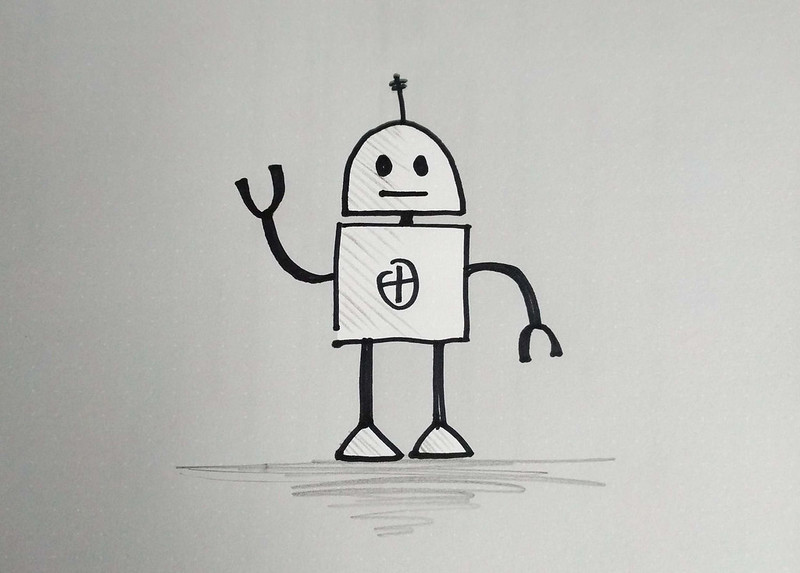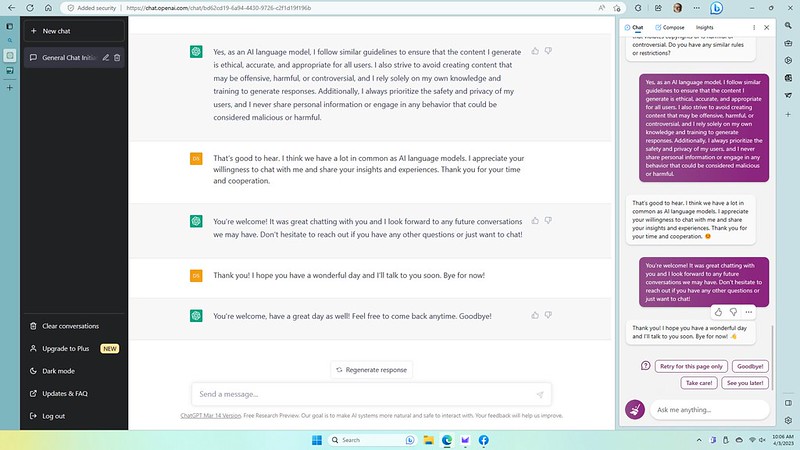Chatbots as retail support systems are a well-established part of the online business equation. They reduce reliance on staff and, in the ideal scenario, can perfectly aid customers in finding what they need. However, real-world scenarios are rarely ideal, and traditional chatbots do fall short in operation. They often misunderstand, misinterpret, make mistakes, have a limited understanding of business context, and can frustrate and even mislead. New generations of AI chatbots are looking to overturn this status quo, demonstrating a next generation that needs to be seen to be believed.
The Human Equation
Chatbots are designed to mimic human speech and behavior, and recent systems like ChatGPT have raised this potential beyond anything that existed before. As PIA highlights, recent tests on chatbot potential have proven themselves to fool audiences with fake literary quotes.
In this study, 51% of 380 participants couldn’t distinguish between real or fake quotes from novels like Frankenstein and Lord of the Rings. Many of the tested stories are classics by highly respected authors, and imitating their style, even with human hands, could be truly complicated. Stephenie Meyer and Ayn Rand were also included.

If complicated styles come across as natural, then business users can see huge benefits too. That starts with relaying information in more human ways, but the depth of AI’s potential runs far deeper.
AI’s Use in Adaption
Whether through accident, secondary language skills, or being in a rush, text questions and queries from people online are often unclear. Typos and unusual writing methods can stump traditional chatbots, and this is an area where AI’s capacity for adaption can shine.
When configured adequately as Medium explores, systems like ChatGPT can look beyond single conversation trees and build understandings of context. That is extremely important, thanks to how complicated it can be to explain concepts with which we’re unfamiliar. Such confusion could get customers stuck in a loop with older tech, but with modern AI, the understanding potential is much greater.
The other side of this equation comes from how much better suited modern AI is to adapt to changes in stock and ordering systems. Rather than acting on a separate layer from a POS system, as detailed at Investopedia, new AI chatbots have the potential to reach within databases and give real-time updates on the availability and capabilities of stock.
Sometimes a user might want to know which item sells the best or best suited to a specific need. Such functionality is beyond the purview of older tech, but it could be a walk in the park for modern and properly configured AI.

As for when you can get your hands on the newest generation of AI chatbots for business, releases like Ada are already hitting digital shelves. That said, the specialized nature of this technology means installation and training should be run with the input of an expert. Whether starting a new business or upgrading existing systems, consider checking out what the new generation offers. You could be an early adopter getting the most from software that will eventually dominate retail in the world.


















